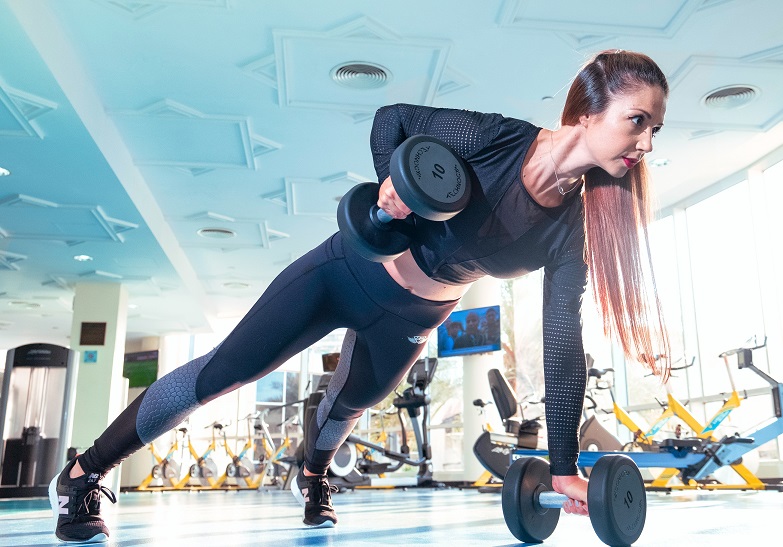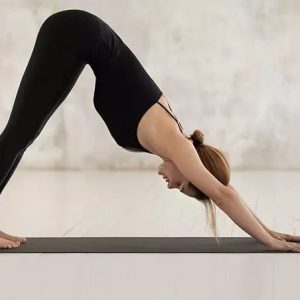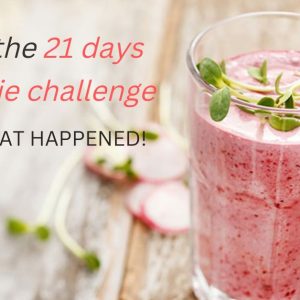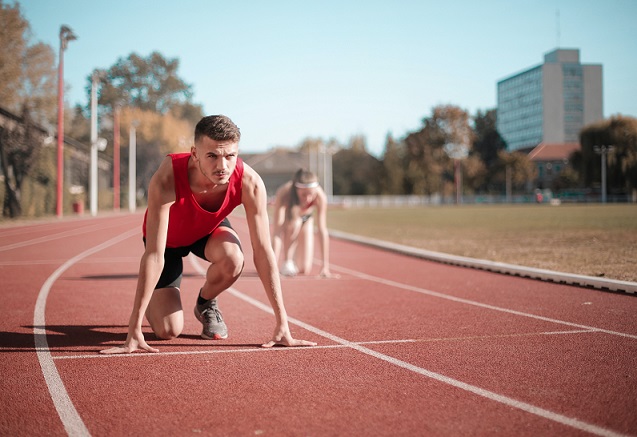What are the most common fitness goals for beginners to achieve?
While most people understand the need to exercise, many fitness enthusiasts struggle to maintain a regular workout routine.
In many cases, that’s because the benefits of physical activity can seem kind of vague.
Things like losing weight, getting fit, and getting stronger are not always quantifiable, so it’s easy to forget why working out is (or should be!) so important.
One way around this problem is by setting and working toward specific fitness goals.
Don’t try and achieve all ten workout goals at the same time.
Instead, pick just 2-3, reach them, and switch your sights to a new goal.
1) Learn How to Do a “Real” Push-up:

Time to let go of those assisted push-ups and learn how to do a real one. I know this is a struggle for a lot of us but research how to correctly do a push-up. Study how to get the right form and eventually you will be able to do a real one with no problem. If you can do at least one real push-up, you are definitely getting somewhere
2) Run 5 kilometers (3 miles) non stop:
5k is just over three miles, so this goal is a step up from goal #1.
However, achieving it involves using the same walk/jog system you used to run a mile.
Like the previous step, try to walk less and run more until you are confident you can run 5k without stopping.
Focus on completing the distance before you start going for speed.
3) Grow Stronger Glutes:
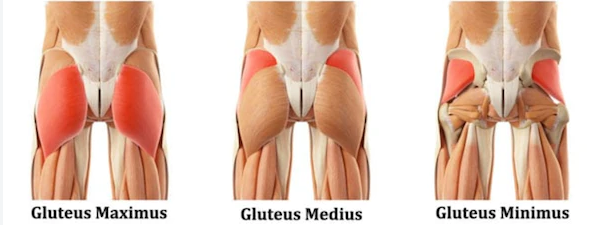
Strengthening your glutes can help improve posture, as well as make sitting down, standing, picking up heavy objects and climbing stairs easier. Developing strong glutes can also improve athletic performance and decrease your risk for injuries.
Training your glutes has a ton of benefits, from helping prevent knee injuries to supporting the lower back. You’ll see improvements in activities like running, jumping and even heavy lifting when you train your glutes since they are essential for creating power and acceleration.
How to achieve it:
- Incorporate glute-toning exercises into your workout regimen at least three days a week to start seeing and feeling results.
- Try using resistance bands to start out; they are great for enhancing the mind-muscle connection and increasing the time in which your muscles are under tension. They naturally can help with form feedback too.
4) Improve Upper Body Strength:
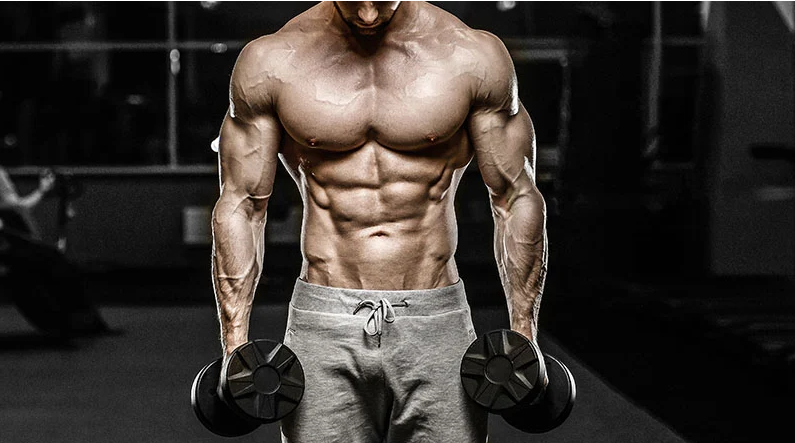
For many adults, a typical workout routine focuses on the lower half or core, whether you enjoy running, dancing or playing sports. Yet a lack of focus on upper-body strength can result in stooped posture or being unable to lift and carry heavy items. As such, it’s important not to exclude upper body strengthening from your regular fitness routine.
The upper body refers to your arms, forearms, shoulders, chest and hands. These muscles create a bridge from the chest, limbs and torso to your spinal column.
How to achieve it:
- Incorporate arm-strengthening exercises into your workout regimen at least three days a week to start seeing and feeling results.
- An ideal upper body workout session should last for about 45 minutes. The exercises should target the entire muscle group so that the whole upper body gets the benefit workout such as incline barbell bench press, Chin-up, incline dumbbell press, single arm dumbbell row or dumbbell hammer curl.
5) Boost Your Cardio Endurance:
Cardiorespiratory exercise has benefits like strengthening the heart and respiratory muscles, reducing cholesterol levels and arterial blood pressure, increasing lean body mass and even optimizing metabolic rate. You don’t need to spend hours on a treadmill to boost your cardio. High intensity interval training is a great way to get efficient cardio done and can be used in a variety of exercises.
How to achieve it:
Jogging and running are great entry into building cardiorespiratory fitness. Setting goals like building up to a 5K or 10K can give you something to work towards and look forward to. Set a realistic time frame and map out a running schedule.
Other exercises that can help improve cardiorespiratory fitness include, power walking, swimming, dancing, jump rope and high-intensity sports, such as basketball and soccer.
